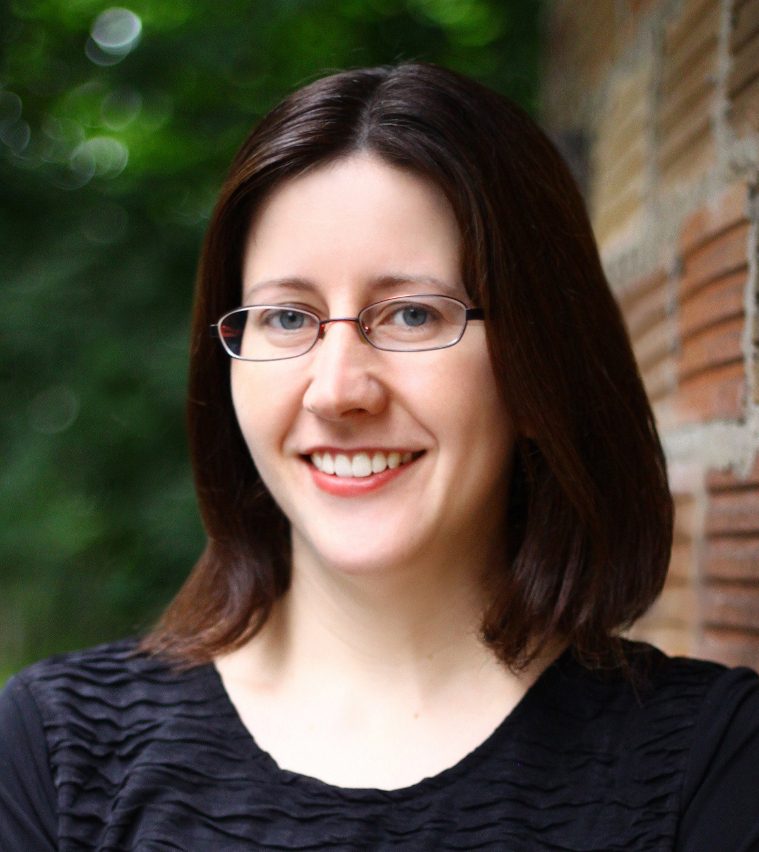Oberlin’s Sustainable Infrastructure Program, a campus-wide conversion to geothermal heating and cooling, has just completed its third phase.
Over the summer, the construction of underground piping on North Professor Street was completed under Severance Hall, the Science Center, Bailey House, Zechiel House, Noah Hall, Kahn Hall, East Hall, Stevenson Dining Hall, Burton Hall, and Barnard House, transitioning them all to geothermal energy. Drilling of around 850 geothermal wells in the North Fields began this past summer and is 20 percent complete as of Wednesday, according to Assistant Vice President and Dean of Residence Life and Auxiliary Services Mark Zeno.
The SIP came out of Oberlin’s 2006 pledge to achieve carbon neutrality by 2025. The $140 million program aims to reduce campus water use by over five million gallons per year, reduce campus sewer discharge by over four million gallons per year, improve energy efficiency by more than 30 percent, and provide 11 more buildings with air conditioning.
A geothermal energy system means replacing old pipes with new hot water and chilled water pipes that run underground and distribute energy to buildings for heating and cooling. Campus Energy & Resource Manager Joel Baetens explained in an email to the Review that all SIP buildings will be connected to a main plant, which uses heat pumps and relocates “unwanted” heat to where it is needed. Any extra heat is stored in the geothermal well field, which runs 600 feet below ground.
In the fourth and final phase, distribution pipes and building conversions will connect Asia House, Bosworth Hall, Allen Memorial Art Museum, and the Hotel at Oberlin to the system. The drilling of the well field will be finished, and air source heat pumps and geothermal heat pumps will be added to the main plant.
Most construction on campus is saved for summer, when the majority of students are off campus. During the school year, construction outside of drilling will be limited.
“You’re going to see … the company that is doing the SIP project out and about the campus,” Zeno said. “They’ll be in [Bosworth Hall, Carnegie Building, the AMAM, and Asia House] all throughout this year, as they’re mapping out what needs to be done and how many units need to be ordered, what are some potential issues or concerns in those structures that they may face coming into the summer, so that they can plan accordingly.”
In order for the system to work, Baetens warns students to avoid keeping building windows and doors open in order to not interfere with the cooling system, avoid blocking heating and cooling vents, and [to] avoid the use of space heaters, as well as to report any leaks or malfunctioning equipment.
“These new changes will get about 85 percent of the carbon intensity,” Baetens wrote. “Behavior change is really going to play a huge role in getting that last fifteen percent.”





